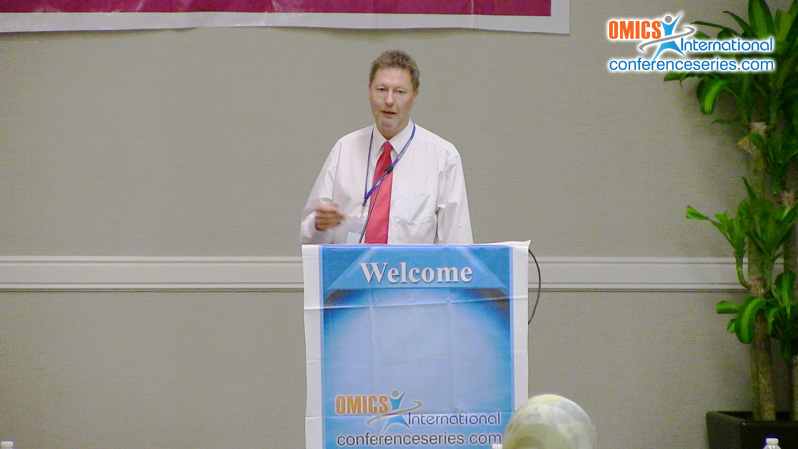
Geoff Hide
University of Salford, UK
Title: Use of mobile genetic element PCR (MGE-PCR) as an epidemiological tool to investigate distribution and spread of parasitic diseases
Biography
Biography: Geoff Hide
Abstract
Mobile genetic elements are segments of DNA that can move around within the genome. This fluidity makes them suitable DNA sequences for tracking the detailed relationships between parasite strains and therefore as useful molecular epidemiological tools. Our studies have focussed on developing these tools, which we call MGE-PCR, for the identification of strains of Toxoplasma gondii and also for identifying the origins on human sleeping sickness epidemics caused by Trypanosoma brucei. A wide variety of DNA markers are available for strain typing in Toxoplasma gondii but most require multiple PCR reactions. MGE-PCR has the advantage of generating a “DNA fingerprint” with one reaction. We show that this can be used to distinguish virulent and avirulent strains. In Africa, human sleeping sickness occurs in distinct geographical foci which are characterized by disease epidemics interspersed with periods of endemicity. An understanding of the mechanisms of generation of these epidemics may help control disease. In Uganda, sleeping sickness is associated with a large established focus in the south east of the country in Busoga with recent epidemics in Tororo (1988) and Soroti (1998). These epidemics are now spreading North West at an alarming rate. Using MGE-PCR as a “DNA fingerprinting” tool for tracking the movement of trypanosome strains, we have shown that the movement of cattle around Uganda is responsible for promoting the generation of sleeping sickness epidemics. This work shows that it is important to understand the infection status of cattle and the movement of cattle to prevent or limit future epidemics of sleeping sickness.



